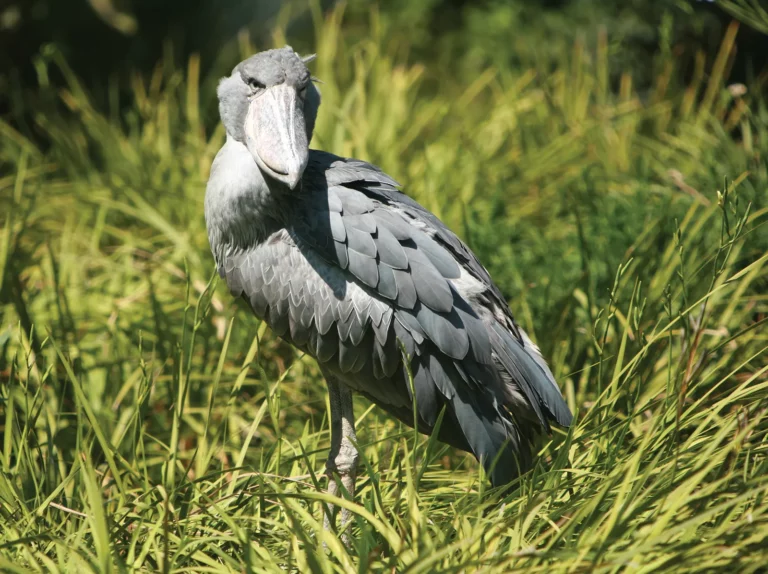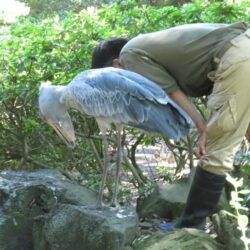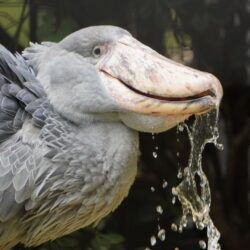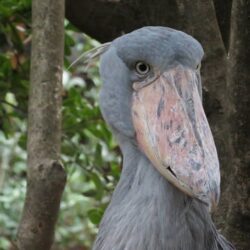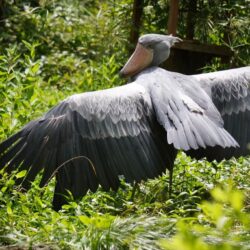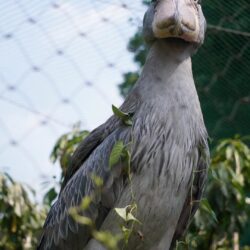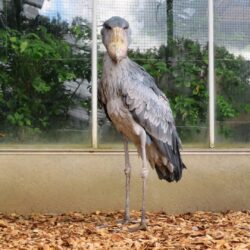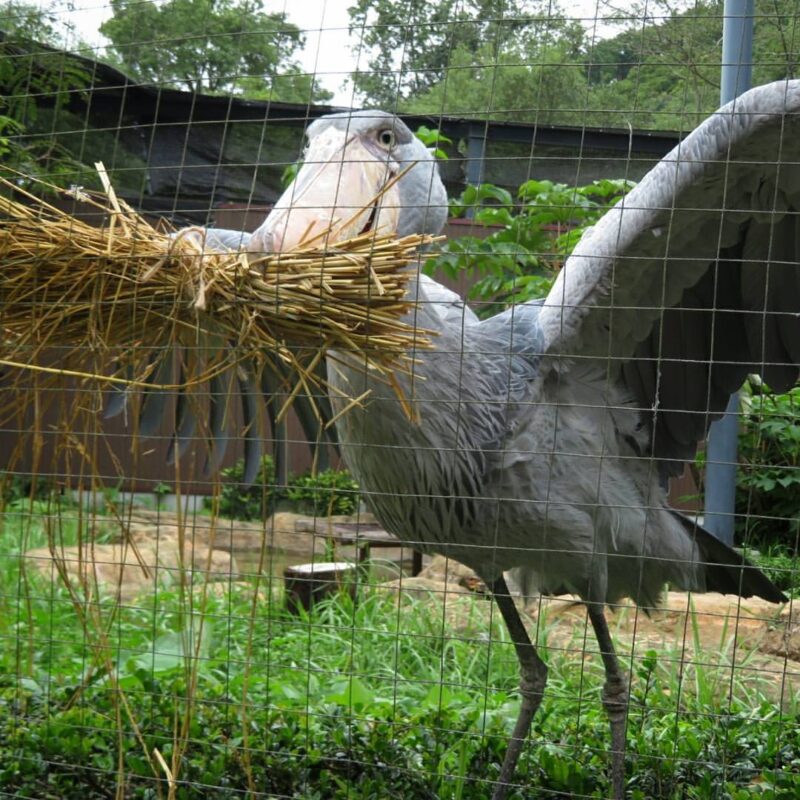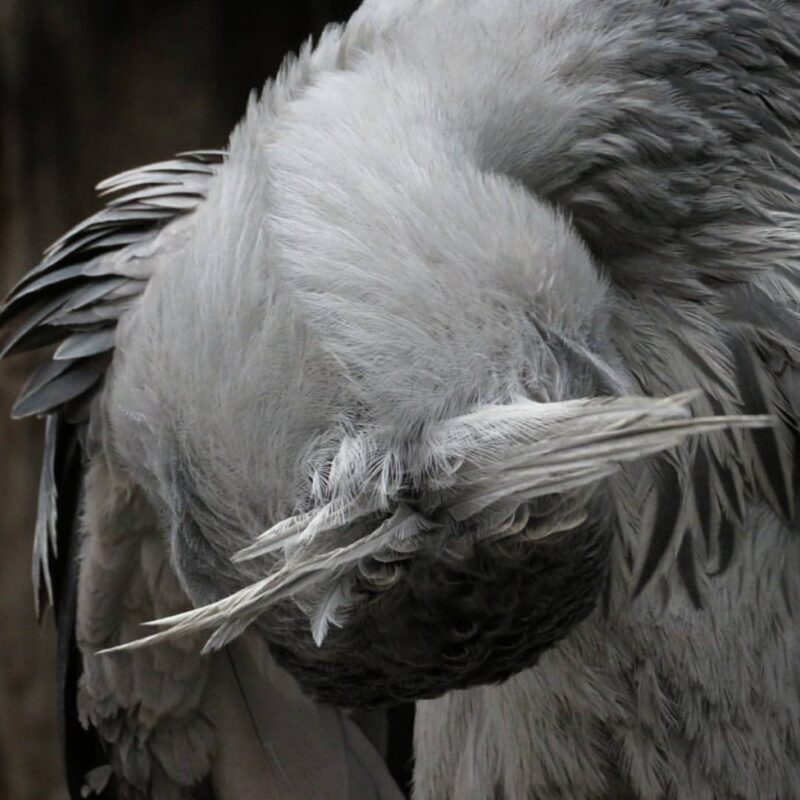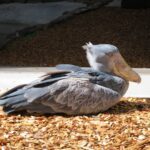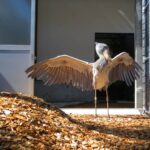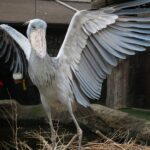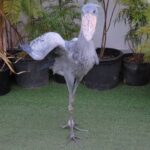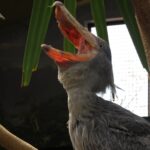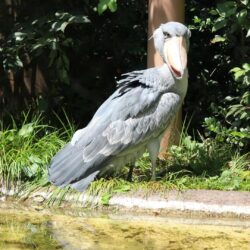Winged Whimsy
The Shoebill Emporium
Immerse yourself in a world of winged wonders at The Shoebill Emporium. Our curated collection blends the enchanting elegance of shoebills with meticulous artisan craftsmanship. Explore and adorn your space with nature's finest, celebrating the whimsy of these majestic birds.
Flight of Fancy
The Shoebill Atelier
Embark on a flight of fancy with The Shoebill Atelier, where each creation is a testament to avian grandeur. Discover a treasure trove of shoebill-inspired artful pieces designed to bring a touch of the extraordinary into your everyday life.
Feathered Reverie
The Shoebill Boutique
Step into Feathered Reverie, The Shoebill Boutique, where dreams are curated with nature's winged icons. Explore a collection that transcends the ordinary, capturing the essence of shoebills to adorn your life with a touch of avian magic.
Shoebill Stork
Step into a world where the skies bow to the authority of this majestic creature, leaving an indelible mark on the canvas of the heavens.
Male Shoebill Stork
A symbol of strength and grace,
he soars through the skies,
embodying the untamed beauty of the wild.
Female Shoebill Stork
Encounter the untamed spirit
and raw beauty embodied by Spike,
a winged sovereign of the heavens.

Male Shoebill
Female Shoebill


Shoebill Habitats
Shoebill storks are endemic to tropical Africa, with a range that’s pretty much smack-dab in the middle of the continent. It extends northwards into Sudan and southwards into Zambia. From west to east, the bird is usually spotted between Congo and Tanzania. However, it’s predominantly found in the West Nile sub-region and South Sudan.
Thanks to the swampy wetlands prevalent in these lands, the bird has plenty of hunting grounds. In fact, a correlation has been found between shoebill distribution and papyrus. The papyrus is used as shelter by lungfish — a staple in the bird’s diet.
Another go-to spot for shoebill storks is around poorly oxygenated waters. Due to the lack of oxygen, fish frequent the water’s surface — where the opportunistic bird awaits.
As non-migratory birds, shoebill storks reserve relocation for habitat changes, food sourcing, or human disturbance.
Shoebill Diet
The shoebill stork is primarily piscivorous, feeding on marbled lungfish, Senegal bichir, tilapia, and catfish. That being said, it has been observed gulping down the occasional frog, snake, Nile monitor, or baby crocodile. There is even rumor that shoebills have been caught eating calves — but we can’t confirm this.
Nevertheless, their massive, sharply-pointed bills give shoebills a unique edge. They don’t hold back in ambition when it comes to the size of their prey.


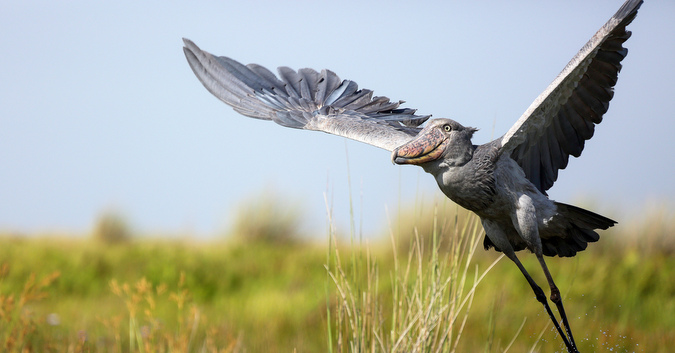

MOST POPULAR
Feathered Royalty
Where Majestic Meets Mass Appeal
Discover Shoebill Magic
Dive into our Shoebill Stork Store and discover a world of captivating shoebill-inspired treasures.
Pick Your Favorites
Select your favorite items and effortlessly add them to your cart for a delightful shopping experience.
Swift Checkout Flight
Secure your order with a hassle-free journey from selection to confirmation.
Await Shoebill Delivery
Sit back and relax as our team bringing the charm of shoebills straight to your doorstep.
Shoebill Features
As mentioned, the shoebill stork is not a stork. The classification was given due to the bird’s general form — but closer examination has refuted this claim. Interestingly, shoebills fall in the Pelecaniformes order along with pelicans and herons.
This was first determined in 1995 during a microscopic analysis performed on shoebill eggshells. Like other Pelecaniformes, its shells are covered in a protein membrane called microglobulin. In 2003, anatomical and biochemical examinations provided further evidence of shoebills being closely related to pelicans and herons.
Shoebills are grey-blue and tall, standing between about 43 and 60 inches. Their wingspans are expansive and ideal for soaring — sometimes stretching past 8 feet. Legs are long, with extended middle toes that help keep the bird upright while standing upon aquatic vegetation. Females are smaller than males, falling on the smaller end of the size spectrum.
Now, let’s talk about that bill!
The bird got its name for a reason; its beak clearly resembles a shoe. More specifically, those old-school clogs from Holland — do you see it? Another name that gets tossed around is whalehead, which derives from the bird’s genus name (Balaeniceps rex).
Shoebills rock a bill that is the third-longest found amongst extant birds. Even the circumference of a pelican’s bill can’t keep up with that of a shoebill. The upper mandible is prominently keeled with a sharp nail formed at the tip.
Chicks are not automatically graced with this exceptional feature, though. They are introduced to the world with modestly-sized, grey-colored bills. It’s not until young shoebills reach about 43 days of age that their beaks are well developed.
Majestic Shoebill Gallery
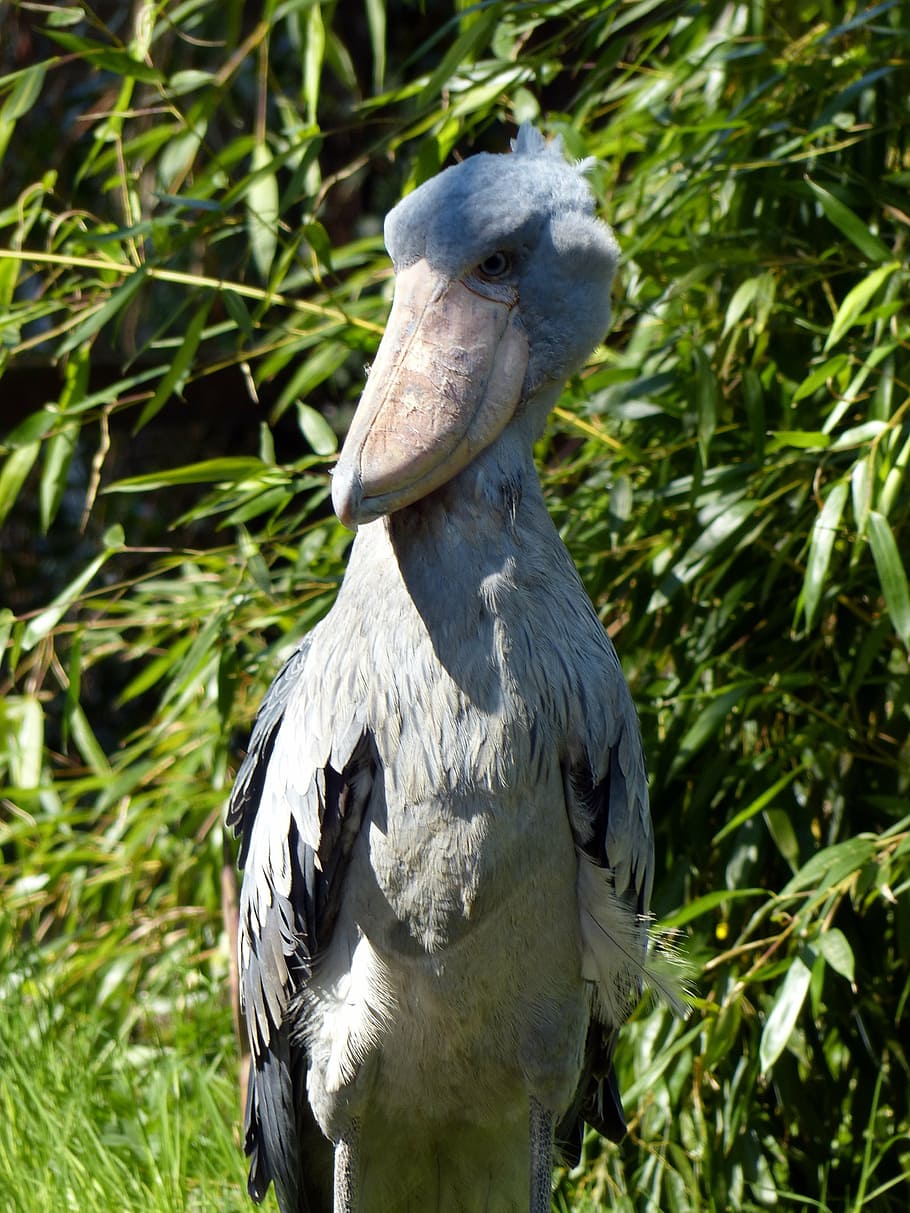

Shoebill Collection
Plumes and Tales: Shoebill Blog Hub
Get in Touch with the Shoebill Sanctuary
Have questions for shoebills? Use our contact form to reach us directly.
